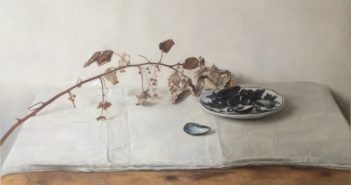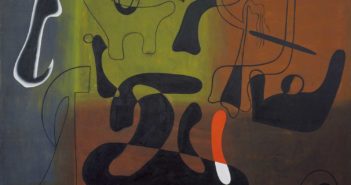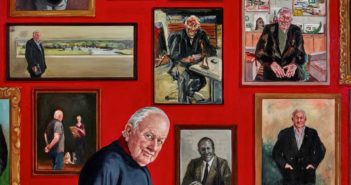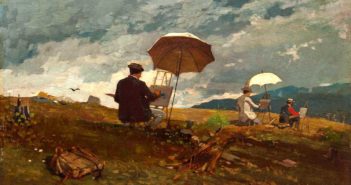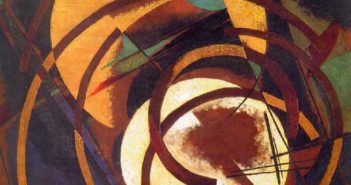
Cutting edgers
In a roaring heat-wave, I’m walking down Queen St. in Toronto, Canada. It’s a run down, low-rent area full of decaying storefronts, pizza joints, print shops, art stores, alfalfa bars. Every few doors there’s an art gallery. “Alternate,” artist-run, as well as pricey satellites from up-town. I’m people-watching. The smart and the not-so-smart. Panhandlers. Street meat. Smoothies. A woman in low-rider shorts, bare midriff, lip and brow rings, pedals slowly by. She’s balancing a huge virgin canvas as she rides. A sleepy guy in torn pajamas is trying to get one more canvas into the trunk of his Volvo.

